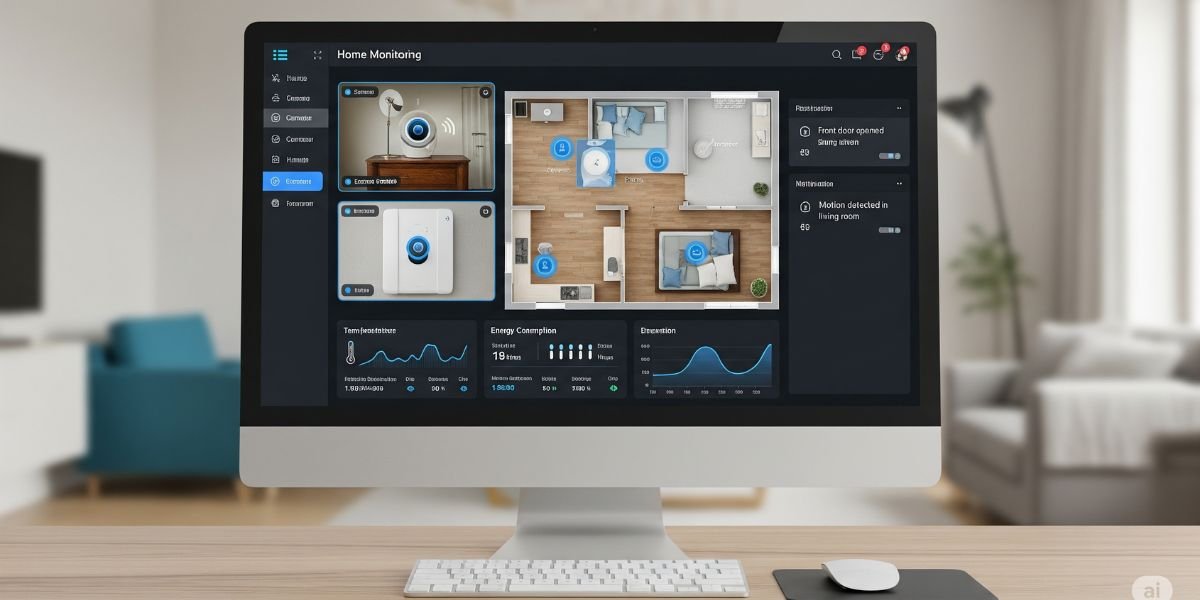You check in mid-morning, and half your team’s already signed off for a break. Someone else won’t be online until late afternoon. Tasks pile up, messages wait, and deadlines start to slip because work is happening, but not at the same time.
This article explores how to structure staggered work so your team stays focused and productive across split schedules. Work from home monitoring software will help you track focus, balance output, and guide your team without micromanaging.
What Breaks When Split Shifts Lack Structure
Staggered schedules aren’t the problem. Guesswork is. You lose progress when teammates miss each other’s handoffs, drop updates into empty channels, or leave tasks hanging without a next move.
Here’s where staggered workflows start breaking down:
- Floating Tasks: Work starts but doesn’t move because offline teammates miss or delay handoffs.
- Uneven Focus Time: Meetings land during someone’s deep work block, interrupting their most productive hours.
- Hidden Overload: A few teammates quietly take on most of the heavy lifting while others stay under the radar.
- Unclear Ownership: Tasks stall because it’s never obvious who’s picking them up during off-hours.
5 Ways to Keep Output Consistent Across Split Schedules
Staggered work needs more than flexibility. It needs visibility and real accountability across all work hours.
Here is how you prevent missed steps, rebalance time, and stay clear on who’s doing what, even when your team’s not working in sync.
1. Anchor Tasks Around Real Working Hours
Use actual time data to block work windows based on when teammates are online and focused, not when the calendar says available. This ensures work handoffs, reviews, and replies fall during active hours instead of dead zones.
If you only guess when your team is engaged, your most important tasks might sit untouched for hours. Staggered work doesn’t work without overlapping momentum. Even partial visibility gives you a better shot at keeping projects moving.
Start by reviewing time-on-task patterns across your team. Find the overlap windows, maybe 11 to 2, and cluster high-collaboration tasks there. Keep deep focus or async work outside that window.
How can a remote employee analytics platform help align task timing?
A remote employee analytics platform maps out when teammates are most active and focused. You might notice that high-priority tasks land outside your team’s shared active window, so you reschedule those tasks into peak overlap to avoid delays and missed updates.
2. Rebalance Workloads Before Burnout Hits
Use output and activity trends to spot uneven task distribution early. If one teammate handles most of the heavy lifting during their window, while others coast through less, it’s time to step in.
You can’t always rely on status updates or check-ins to reveal overload. If someone’s working ahead while others stay passive, projects stall, and burnout builds. Visibility into actual focus time helps you intervene before that happens.
Compare productivity patterns across similar roles. If one teammate consistently logs longer focus hours or clears more work, flag that imbalance and redistribute. Keep the load visible and shared.
How can distributed team behavior analytics help prevent silent overload?
Distributed team behavior analytics shows patterns in focus time, task activity, and time spent across tools. For example, you might notice one teammate regularly spending more hours in deep-focus apps than others, so you step in early and rebalance the workload before burnout sets in.
3. Timebox Focus, Don’t Just Track Hours
Workers lose about 28% of their year to distractions. That’s around 581 hours gone to context switching, interruptions, and scattered focus.
Block task-specific focus time inside each teammate’s preferred working window and make it visible. This helps everyone prioritize deep work while still giving space for check-ins and handoffs.
Staggered hours make it tempting to stay available always, which ruins focus. You get the worst of both worlds with scattered attention that breaks focus and delayed output that slows everything down. Guarding deep work time is the only way to keep quality consistent.
Set shared focus periods, even if they’re asynchronous. One teammate might focus from 9 to 11, another from 3 to 5, but both windows are protected. Use tool insights to make those hours visible and respected.
How can a remote output analytics tool support timeboxed focus?
A remote output analytics tool highlights which time blocks get used for focused, uninterrupted work by tracking active time in productivity apps and gaps between context switches.
You might notice teammates lose momentum when chat activity spikes mid-morning, so you shift focus blocks to earlier windows with fewer pings.
4. Make Output Visible Across the Gaps
Build a daily or weekly habit of showing what’s been completed, not just what’s in progress. Staggered teams work better when they can see real progress across time zones without waiting for live updates.
When hybrid and remote team members don’t see each other working, they fill the gap with assumptions. That’s where doubt creeps in. Visibility into output gives everyone proof that things are moving, even if they’re moving at different times.
Use shared dashboards or simple work summaries to show what’s been completed. Pull in data from your tool to highlight time spent on actual deliverables, not just hours logged.
How can a workforce intelligence platform help track real progress?
Insightful.io workforce intelligence platform logs time spent on tasks and matches it to actual output. The tool may highlight that too many hours go into status reporting, so you cut nonessential tasks and reassign time to high-impact work.
5. Keep Split Schedules Productive With Smart Tools
You don’t need a dozen dashboards. You need a monitoring tool that gives you clean, daily visibility into how staggered work hours actually translate into output.
Here’s how it helps you maintain focused, balanced output across staggered schedules:
- Time Pattern Insights: See who’s working when, and which hours are most focused, so you can shape schedules that work for the team.
- Workload Distribution Reports: Spot overload before it burns anyone out, and reassign work while there’s still time to fix it.
- Output-Based Summaries: Track what gets done inside each teammate’s preferred window to replace status updates with real work data.
- Protected Focus Block Visibility: Know when deep work is happening so you can keep interruptions out and use collaboration time wisely.
Conclusion
When staggered work is built on real data, not assumptions, you don’t just get flexibility but also consistent output. A monitoring tool makes each teammate’s time visible, focused, and fairly balanced. That means fewer delays, better quality, and remote and hybrid teams that work in sync, even when they don’t work at the same time.
















